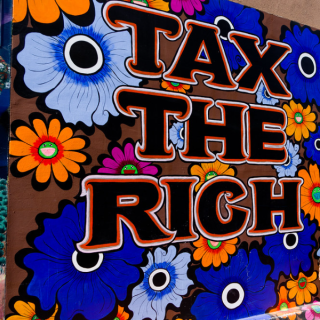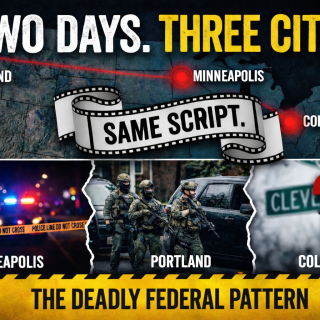It seems so long ago. Another era. Another time. The economy was in crisis. The U.S. was immersed in two foreign wars. Activism was at a crossroads. The public was crying out for change. The year was 2009. In answer to those struggles, I wrote the essay, “Right Moral and Good,” which was emailed to the new president, Barack Obama in time for his inauguration. The Free Press published this essay again in 2016 as a harbinger of Donald Trump’s pending presidency.
Here we are in 2021 and another new president. A global pandemic has the economy in crisis. The U.S. is immersed in a violent domestic culture war. Activism still finds itself at a legal crossroads. Calls for change radiate from disparate realms. “Right Moral and Good” seems as relevant now as it was a dozen years ago.
The “Right, Moral and Good” graphic augments the essay and gives it visual context. Hopefully, both will make their way to the highest offices in the land and those who work there on our behalf.
With dire circumstances and divisions facing our country, it is my dream that leadership will indeed embrace the tenets of Right, Moral and Good, practice the three-legged stool principle and guide our country to the long sought more perfect union.
=-=-=-=
Right Moral and Good (2009)
It has been said that we are living in a time of great change. There are new voices in Washington, the legislature, and even in the world of activism. If we could give leadership advice at this pivotal moment, we wish that change, which has been given so much lip service, be based on the principle of right, moral, and good. We encourage leadership to weigh decision making and subsequent action using this three-legged principle. Right, moral, and good means:
Right. Right refers to the information on which decisions are made and asks if that fact base is correct. What are the holes in it and where might it be potentially wrong? Is the information on which actions are planned logical? Does it pass the smell or common sense test? Can it be substantiated by independent, third party sources? Right is not a feeling; it is the cold hard facts that withstand repeated tests to discredit them.
Moral. Morality concerns principles conduct. For moral teachings, we often look to the Golden Rule or the 10 Commandments. The Golden Rule quite simply states, “Do unto others as you would have others do unto you.” Since most people don’t’ seek harm, we should behave toward others as we would want them behave toward us. The 10 Commandments also provide moral guidance. “Do not bear false witness against your neighbor” – don’t lie. “Do not steal” – don’t take things that aren’t yours. “Do not covet….” – don’t desire or scheme to obtain that which belongs to another. Morality doesn’t equate to any specific religion or doctrine; all religions have their tests of moral conduct. Still, the test for moral acts queries, do potential actions find their root in lies, harm, theft, or greed? Would I want to be treated this way?
Good. Good is actually a two-part test. There is the definition of good as beneficial and also good as of high quality. The beneficial test of good deals with well being. Good draws direct a line to positivity, health, and vitality. It easily bridges to its benefits to others through the greater good. Good being of high quality equates to functional excellence. When something is good, all parts work, all pieces fit together, beauty radiates, and intended results are achieved. In both definitions, good refers to a plural or to the larger whole. As a two-part test, good asks, are potential actions both beneficial to and functional for the larger whole and for the greater good?
The right, moral, and good paradigm of decision making is a tree legged stool that will topple when one leg becomes compromised. Actions cannot be moral or good if their fact base is lacking. They are neither right nor good if based in lies, theft, or greed. They can’t be right or moral, if they function improperly or harm overall well being.
We encourage leadership both nationally and locally to weigh these three tenets in its decision making process and as it considers subsequent actions based on this process. If we are to engender change at this pivotal time, then change should mend the rips and tears in our society. Engaging in thinking that is right, moral, and good – holistically – gives all of us the best chance of producing the results we all want and for which we chanted change in the first place.



